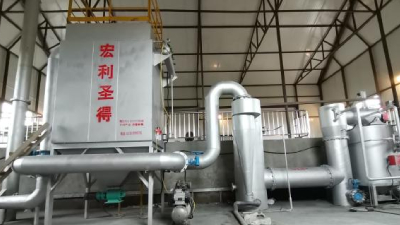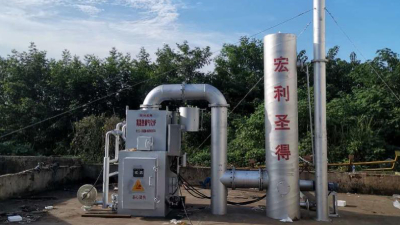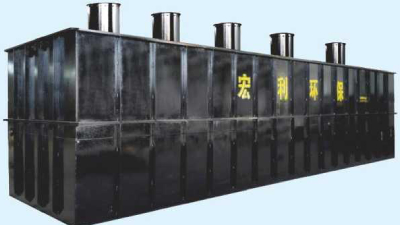According to the survey data carried out by professional organizations such as China Renewable Resources Recycling Association, the problem of "garbage besieging the city" has become an important factor restricting urban development. Specifically:
(1) There is a serious shortage of garbage sorting, collection and transportation facilities. On the whole, the classified collection and classified transportation system of urban domestic waste in my country is still not perfect, and the phenomenon of mixed collection and mixed transportation is common. Most counties are not yet able to implement effective classified collection and transfer, and the designated towns basically do not have the ability to classify collection and transfer.
(2) Domestic waste incineration capacity needs to be improved. Considering factors such as long-term environmental protection compliance and management, the comprehensive cost of landfill treatment has exceeded that of incineration treatment. In the future, it is necessary to vigorously develop domestic waste incineration treatment. At present, the incineration treatment rate of urban domestic waste in my country is less than 50%, and the incineration treatment rate of domestic waste in county towns is less than 20%. There are still gaps in incineration treatment capacity in more than 70 cities and more than 1,400 counties.
(3) Domestic waste landfill disposal capacity is still insufficient. The remaining storage capacity of urban domestic waste landfills in my country is unknown. Most of the existing domestic waste landfills have reached their service life and are facing closure. There is also a landfill demand for ash and slag disposal after waste incineration, which is used for emergency and bottom-up protection. New construction The landfill is also difficult to construct due to the difficulty of site selection.
Holy Shield has always advocated the corporate philosophy of green environmental protection and protecting the earth's homeland, and also shared the solutions advocated by government departments:
(1) Establish and improve the garbage classification collection and transportation system. Strengthen guidance and publicity. It is necessary to enhance citizens' awareness of garbage classification and popularize garbage classification knowledge; establish appropriate garbage classification methods. It is necessary to formulate standards and methods to be law-based. On the one hand, determine a reasonable classification method and configure corresponding garbage classification collection containers; On this basis, add targeted garbage sorting and processing equipment and facilities to improve resource utilization.
(2) Construction of domestic waste incineration treatment facilities. It is necessary to reasonably consider the construction requirements of large-scale waste incineration treatment facilities, and the construction of waste incineration facilities should be classified and promoted within the limit of 300 tons of domestic waste per day. In areas where the daily volume of domestic waste is more than 300 tons, we vigorously promote waste incineration for power generation, and strive to achieve "zero landfill" of primary waste. In areas where the daily volume of domestic waste to be cleared and transported is less than 300 tons, and it is not suitable to build large-scale waste incineration for power generation, explore the pilot of small-scale domestic waste incineration facilities.
(Click to view Holy Shield Small Domestic Waste Incinerator)

(3) Improve the capacity of waste incineration. For existing incineration treatment facilities, it is suggested that on the basis of ensuring comprehensive and stable discharge standards, and in accordance with high-quality development requirements, promote the upgrading of facilities and improve the level of automated operation of facilities. Carry out ultra-low emission transformation and non-ferrous plume treatment. Transformation and treatment can reduce the visual impact of flue gas emissions and gradually improve residents' acceptance of waste incineration facilities.



